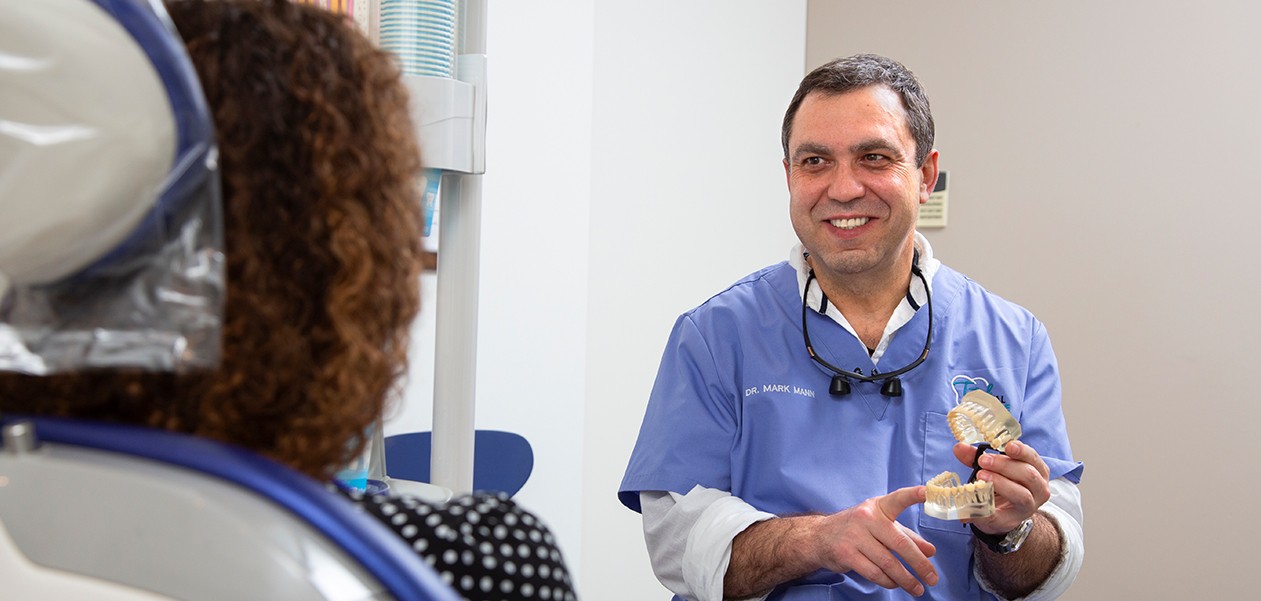Image Source: Google
When you hear the words "root canal," it's common to feel a sense of dread or fear. However, root canal treatment is a common dental procedure that can help save a tooth and relieve pain. By understanding what root canal treatment involves and what to expect, you can approach the procedure with confidence and ensure a healthy smile.
Read on to demystify root canal treatment and learn everything you need to know. You can also explore this link if you are looking for the best root canal treatment.
What is a Root Canal?
A root canal is a dental procedure that is used to treat and save a tooth that is badly decayed or infected. When the pulp, which is the soft tissue inside the tooth, becomes infected or inflamed, it can cause severe pain and lead to an abscess if left untreated. A root canal involves removing the infected pulp, cleaning and disinfecting the inside of the tooth, and then sealing it to prevent further infection.
Signs You May Need a Root Canal
- Severe toothache, especially when chewing or applying pressure
- Prolonged sensitivity to hot or cold temperatures
- Swollen or tender gums
- Darkening or discoloration of the tooth
- A pimple on the gums that may release pus
The Root Canal Procedure
Root canal treatment typically involves the following steps:
1. X-Ray and Examination
- Your dentist will start by taking an x-ray of the affected tooth to determine the extent of the damage and plan the treatment.
2. Anesthesia
- To ensure your comfort during the procedure, your dentist will numb the area with local anesthesia.
3. Removing the Pulp
- Once you are numb, your dentist will create an opening in the tooth and remove the infected or inflamed pulp using special tools.
4. Cleaning and Shaping
- The inside of the tooth will be cleaned and shaped to prepare it for filling.
5. Filling and Sealing
- The tooth will be filled with a rubber-like material called gutta-percha and sealed to prevent recontamination.
6. Restoration
- Depending on the extent of the damage, a crown may be placed on the tooth to restore its shape and function.
Benefits of Root Canal Treatment
Root canal treatment offers several benefits, including:
1. Pain Relief
- Relief from tooth pain and discomfort caused by infection or inflammation.
2. Save Your Tooth
- Prevents the need for extraction and preserves your natural tooth.
3. Improved Oral Health
- Eliminates infection and restores the health of the tooth and surrounding tissues.
4. Long-lasting Results
- With proper care, a tooth treated with a root canal can last a lifetime.
Post-Treatment Care
After undergoing a root canal, it's important to follow your dentist's instructions for post-treatment care to ensure proper healing and success of the procedure. Some tips for post-treatment care include:
1. Avoid Chewing on the Treated Tooth
- Avoid putting pressure on the treated tooth until it is fully restored with a crown.
2. Take Pain Medication as Directed
- If you experience any discomfort after the procedure, take pain medication as prescribed by your dentist.
3. Practice Good Oral Hygiene
- Continue to brush and floss regularly to maintain oral health and prevent future issues.
4. Attend Follow-up Appointments
- Be sure to attend all follow-up appointments with your dentist to monitor the healing process and ensure the success of the treatment.
Myths About Root Canal Treatment
There are several myths surrounding root canal treatment that can cause unnecessary fear and anxiety. Let's debunk some common myths:
1. Myth: Root Canals Are Painful
- Fact: With modern techniques and anesthesia, root canals are no more painful than getting a filling.
2. Myth: It's Better to Pull the Tooth
- Fact: Saving your natural tooth is always the best option for your oral health and overall well-being.
3. Myth: Root Canals Cause Illness
- Fact: There is no scientific evidence linking root canals to systemic illnesses.
By dispelling these myths and understanding the facts about root canal treatment, you can approach the procedure with confidence and achieve a healthy smile.

